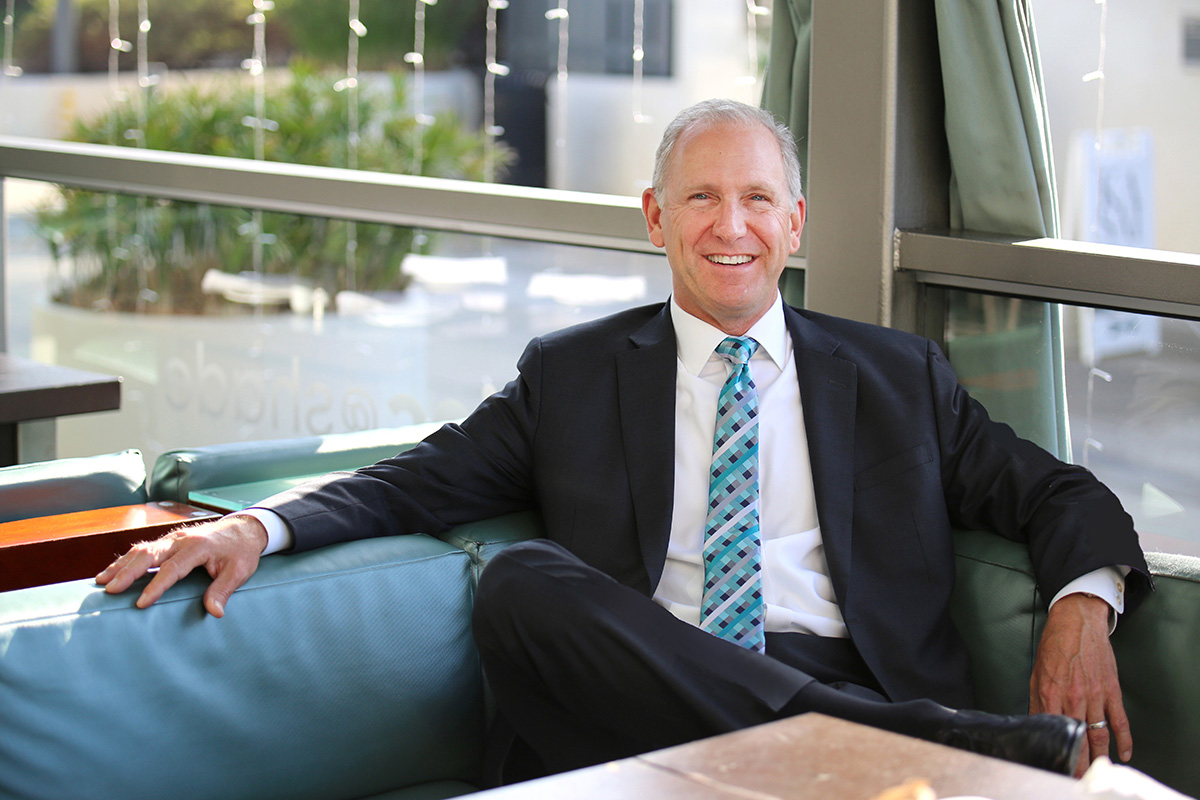
For most of the 20th century, leadership was defined by hierarchy, authority, and control. The ideal leader was a strong, often solitary figure: decisive, stoic, and unquestioned. Success was measured in quarterly gains, organizational compliance, and operational efficiency. This model worked… until it didn’t.
Today’s workforce is no longer shaped by the Industrial Age or even the Information Age. We’re operating in what many call the Age of Adaptation: a time defined by rapid change, constant disruption, and deeply human complexity. And in this new era, traditional leadership models aren’t just outdated, they’re obstructive.
If you’re still leading like it’s 1995, your team won’t follow you. And the best talent? They won’t even apply.
The Problem with the Old Model

Traditional leadership was built on a few core assumptions:
- The leader knows best.
- Information flows top-down.
- Control ensures consistency.
- Authority demands obedience.
- Emotion is a liability.
These assumptions may have made sense in an era where the world moved slower, and work was largely transactional. But in today’s environment, marked by global volatility, distributed teams, mental health awareness, and rising expectations for purpose and inclusion, those principles break down.
Let’s look at why.
Command-and-Control Stifles Innovation
Traditional leadership thrived on control: detailed oversight, rigid systems, centralized decision-making. But innovation, the lifeblood of modern business, requires autonomy, creativity, and psychological safety.
Leaders who micromanage or centralize all authority create environments where:
- People are afraid to take risks.
- Diverse ideas are suppressed.
- Speed of execution slows down.
- Employees disengage or leave.
In a world where your competitor can pivot in a week, command-and-control isn’t safe, it’s dangerous.
Top-Down Communication Misses the Moment
Old leadership models assumed information should flow one way: from the top down. But modern organizations thrive on dialogue, not directives.
Today’s employees want transparency, participation, and real-time feedback loops. They don’t just want to know what is happening. They want to know why, how, and where they fit in.
Leaders who fail to listen and adapt miss critical signals, from morale dips to emerging market shifts.
Expertise is No Longer the Only Form of Authority

In the past, leadership was often earned through tenure, technical knowledge, or positional power. But in a knowledge economy, collaborative intelligence trumps individual expertise.
Modern leaders are expected to:
- Curate talent, not command it.
- Facilitate learning, not hoard knowledge.
- Empower others to shine, not be the smartest person in the room.
Today’s best leaders are multipliers, not heroes. Influence, not title, defines impact.
Ignoring Emotions Is a Leadership Liability

Traditional leadership shied away from emotion. Vulnerability was seen as weakness. Empathy was optional. But the emotional landscape of work is now front and center.
Why?
- Emotional intelligence is the ability to connect with others at a deep, meaningful level.
- Organizational growth and high performance are achieved through true human connection.
- Team members engage at high levels and bring their innovation to the forefront when they know they are in an environment that supports who they are.
Leading without emotional literacy today is like trying to navigate without a compass. You’ll get lost and take others with you.
Work Is No Longer Just About the Work
This is perhaps the most profound shift of all: people no longer come to work just to work. They come seeking:
- Meaning: “Why does this matter?”
- Identity: “Can I be myself?”
- Purpose: “Does the work align with my values?”
- Community: “Do I feel seen and supported?”
Traditional leadership models didn’t account for the full person, just the role. But modern leadership is human-centered. It embraces complexity, fosters inclusion, and builds trust.
So What Replaces the Traditional Model?
It’s not about throwing away everything old. It’s about evolving leadership to meet the moment.
The new leadership model is:
- Relational, not transactional
- Curious, not all-knowing
- Empowering, not prescriptive
- Emotionally attuned, not distant
- Purpose-driven, not just profit focused
Leadership today is not a role. It’s a relationship.
My Experience with Command and Control
Prior to my transition to the entertainment industry, I worked under a leader who constantly felt the need to prove he was the smartest person in the room. While he was clearly intelligent and often had the right answers, his leadership style left little room for others to contribute meaningfully. Rather than fostering an environment of collaboration and shared problem-solving, he dominated conversations and consistently pointed out flaws in others’ ideas. Over time, this created a culture of hesitation and disengagement. Team members became less inclined to speak up or innovate, knowing their input would likely be dismissed or criticized.
Ultimately, this environment became stifling. I had always believed in empowering teams and drawing out diverse perspectives, and it became increasingly clear that his leadership style was incompatible with that philosophy. While part of my decision to leave was motivated by a desire to pursue a new opportunity in the entertainment industry, I was equally driven by a need to escape a stifling workplace culture. I knew I wanted to be part of a culture that encouraged creativity, risk-taking, and authentic leadership – values I have carried with me ever since.
What It Means for Leaders Now

If you’re in a leadership position today, here’s the hard truth: authority is no longer given, it’s earned through relationship, trust, and adaptability.
It means asking better questions rather than giving perfect answers, sharing uncertainty instead of pretending to be invincible, and prioritizing people even when performance is on the line.
And above all, it means growing alongside the people you lead.
We’re in the middle of a global rewrite of what leadership looks like. And the organizations that thrive in this next era won’t be the ones with the most charismatic CEOs or the longest org charts. They’ll be the ones where leadership is practiced at every level, by people who lead with empathy, agility, and intention.
The future of leadership isn’t about being in charge. It’s about being in service to your people, your purpose, and the ever-changing world around you.
The traditional leadership model served its time. Now, it’s time to lead differently.




